Colonial Foundations Shape a Nation

The story of American immigration begins in the early 1600s, when English colonists first established permanent settlements along the eastern seaboard. The Pilgrims who founded Plymouth Bay Colony in 1620 established the first significant European presence in New England, fleeing religious persecution in England. These early settlers weren’t just seeking new land; they were escaping religious oppression and economic hardship. The following decade saw the arrival of Puritans during the Great Migration, contributing significantly to the population of the Massachusetts Bay Colony. This religious motivation would become a recurring theme throughout American immigration history, as countless groups would later seek the same freedom these early colonists found. Over 90% of those early immigrants became farmers.
The Scots-Irish Transform the Frontier
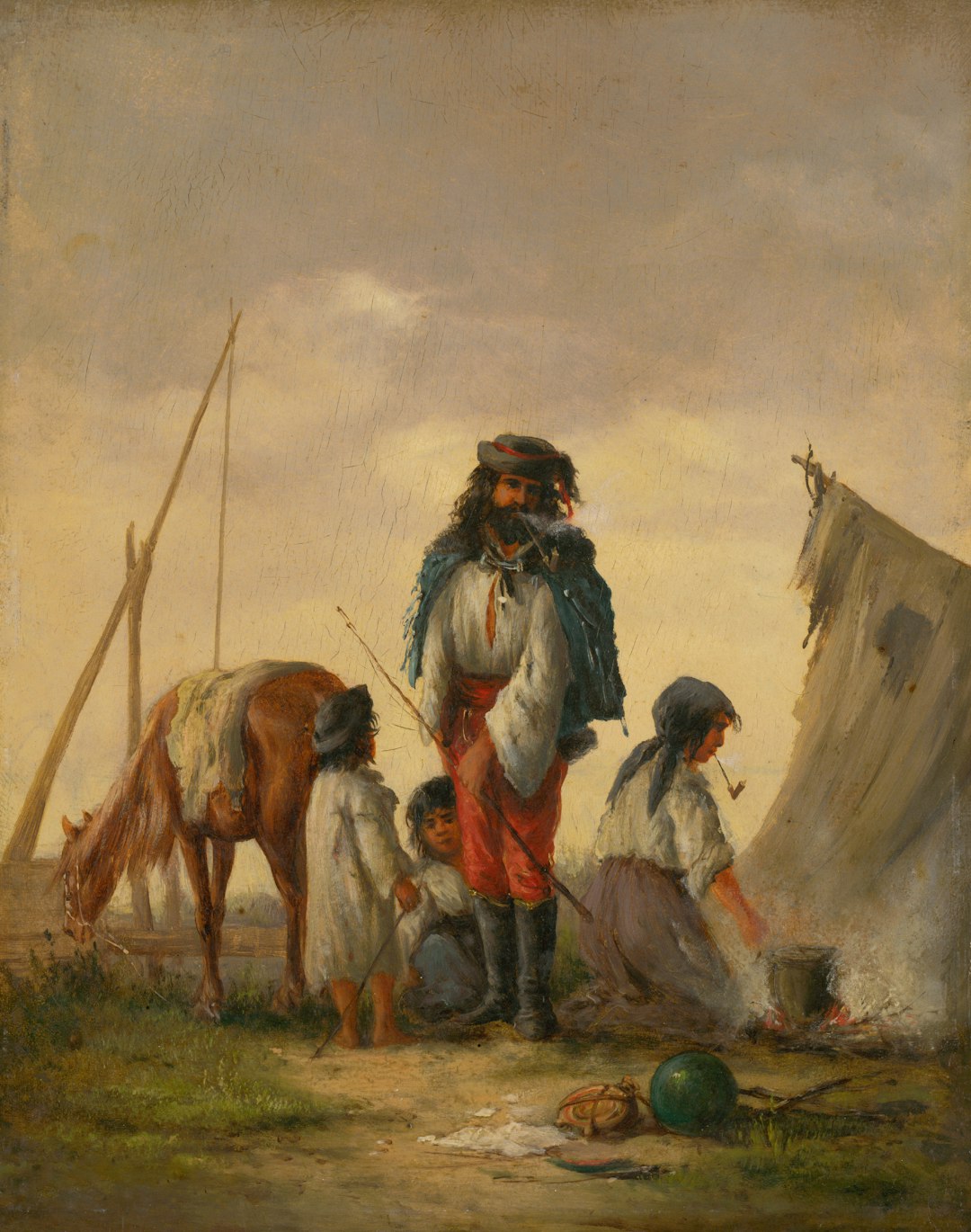
In the 1600s, many Scots migrated to the Ulster area of Ireland as they tried to escape war, religious conflict, poverty, drought and conflict with the English. Between 1710 and 1775, around 200,000 of these Scots-Irish emigrated to what was to become the United States for many of the same reasons. These immigrants brought something unique to America: a fierce independence and frontier spirit that would define much of American culture. Between 250,000 and 400,000 Scots-Irish migrated to America in the 18th century. The Scots-Irish soon became the dominant culture of the Appalachians from Pennsylvania to Georgia. Their Presbyterian faith, self-reliance, and distrust of centralized authority would later influence American political thought. The majority of these new immigrants ended up first in Pennsylvania. Looking for cheaper land, many then went south down into Virginia and the Carolinas and other southern points; many eventually migrated west to Ohio and Indiana.
German Immigrants Establish Agricultural Innovation

By 1749, about 12,000 German-speaking persons had come to Pennsylvania, and they were agreeable to moving away from the coast in order to obtain good land. German immigrants brought revolutionary farming techniques that would transform American agriculture. They introduced crop rotation, barn construction methods, and livestock breeding practices that dramatically improved productivity. German cuisine has a profound impact on American cuisine, especially Midwestern cuisine; potatoes, noodles, roasts, stews, cakes, and other pastries are the most iconic ingredients in both cuisines. These settlers also established the first kindergartens in America and brought Christmas tree traditions that became deeply embedded in American culture. After 1700, German and Swiss-German immigrants to Pennsylvania began making their way west and south.
The Great Wave of European Immigration

The mid-1800s witnessed an unprecedented surge in European immigration to America. In the late 1800s, people in many parts of the world decided to leave their homes and immigrate to the United States. Fleeing crop failure, land and job shortages, rising taxes, and famine, many came to the U.S. because it was perceived as the land of economic opportunity. This period saw massive influxes from Ireland, Germany, and Italy, fundamentally changing American demographics and culture. More than 70 percent of all immigrants, however, entered through New York City, which came to be known as the “Golden Door.” The sheer volume of newcomers created both opportunities and tensions that would shape American society for generations. While large-scale immigration created many social tensions, it also produced a new vitality in the cities and states in which the immigrants settled.
Asian Immigration Faces Unprecedented Restrictions
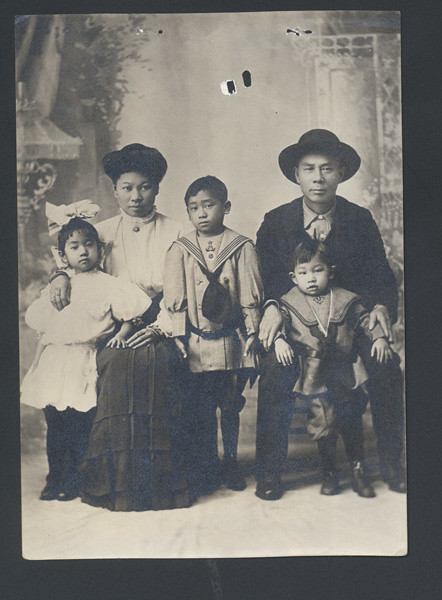
Asian immigration to America began in earnest during the California Gold Rush of the 1840s and 1850s. Chinese immigrants initially found work in mining and later played crucial roles in building the transcontinental railroad. However, economic competition soon led to hostility and discrimination. With economic competition came dislike and even racial suspicion and hatred. Such feelings were accompanied by anti-Chinese riots and pressure, especially in California, for the exclusion of Chinese immigrants from the United States. This culminated in the Chinese Exclusion Act of 1882, America’s first race-based immigration law. The result of this pressure was the Chinese Exclusion Act, passed by Congress in 1882. This Act virtually ended Chinese immigration for nearly a century.
Modern Immigration Patterns Reshape America
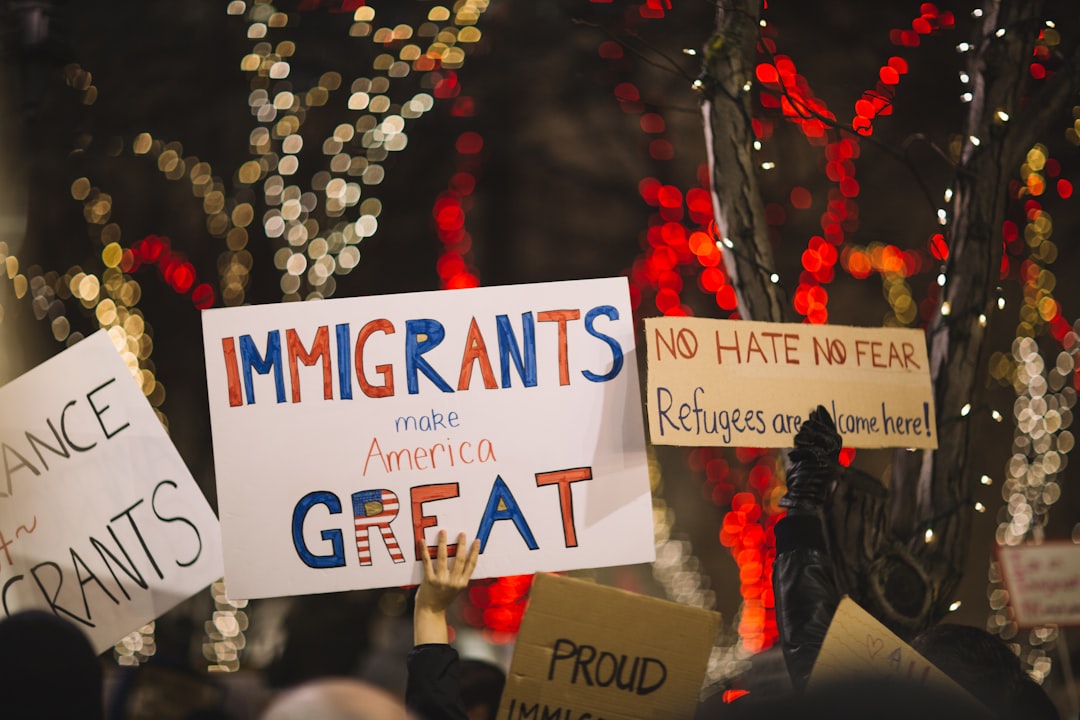
The immigration landscape underwent dramatic changes in the late 20th and early 21st centuries. The U.S. foreign-born population reached a record 47.8 million in 2023, an increase of 1.6 million from the previous year. This represents the largest annual increase in more than two decades. The U.S. population grew by nearly 1.0% between 2023 and 2024, according to the new Vintage 2024 population estimates. Net international migration was the critical demographic component of change driving growth in the resident population. With a net increase of 2.8 million people, it accounted for 84% of the nation’s 3.3 million increase in population between 2023 and 2024. Today’s immigrants come from increasingly diverse backgrounds, with Latin America and Asia being the primary sources of new arrivals. As of January 2025, the United States has the largest immigrant population in the world in absolute terms, with 53.3 million foreign-born residents, representing 15.8% of the total U.S. population. While the United States represented about 4% of the total global population in 2024, 17% of all international migrants resided in the United States.
Immigration’s Revolutionary Impact on American Cuisine
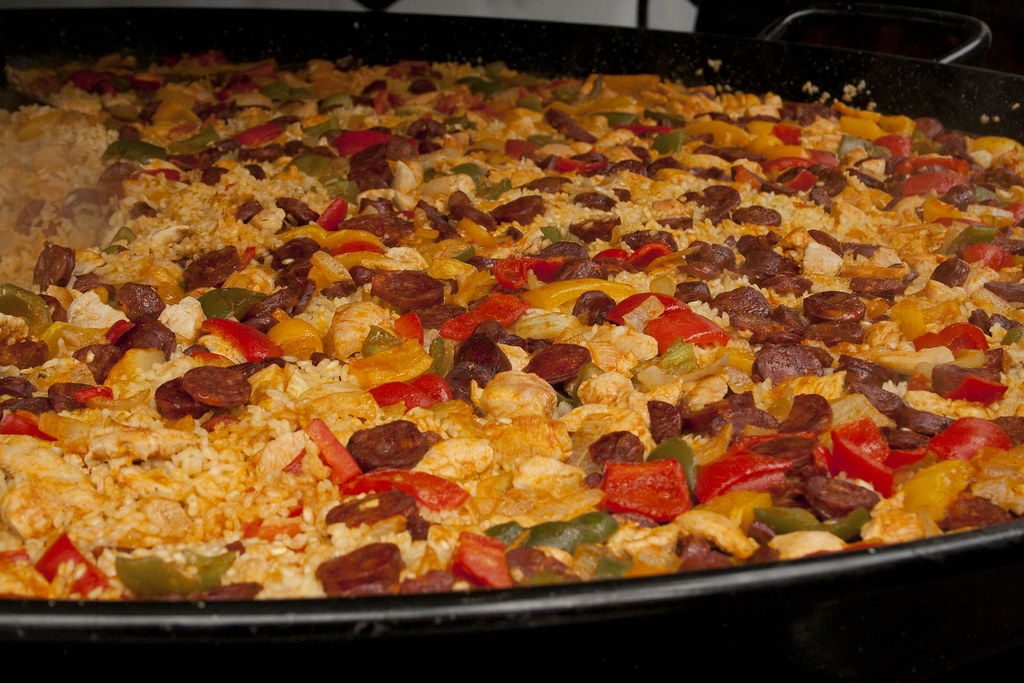
Perhaps nowhere is immigration’s influence more visible than in American kitchens. More than any other aspect of culture, contemporary American cuisine combines traditions from almost every population on the planet. Historian Donna Gabaccia argues that traditional American cuisine is a Creole mix that reflects influences from the three major founding populations of indigenous American Indians, Europeans, and Africans. Each wave of immigrants brought their culinary traditions, transforming what Americans eat. If earlier Jewish and Italian immigrants brought us bagels and pizza, salsa today outsells ketchup and tacos are standard fare. In 2015, Chinese restaurants in the U.S. outnumbered all the McDonald’s, Burger Kings, and Kentucky Fried Chickens combined. Iconic American dishes such as apple pie, donuts, fried chicken, American pizza, hamburgers, and hot dogs derive from the recipes of various immigrants and domestic innovations. French fries, Mexican dishes such as burritos and tacos, and pasta dishes freely adapted from Italian sources are consumed.
Music and the Arts Flourish Through Immigration
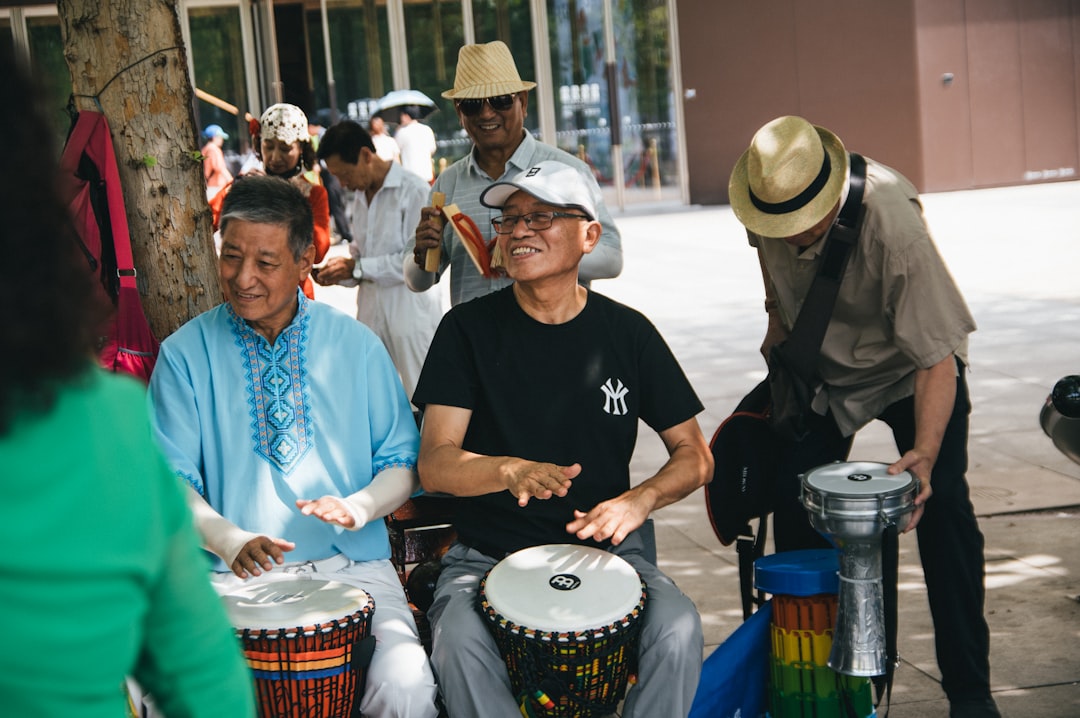
Immigration has profoundly enriched American music and performing arts. Immigrants, and especially the children and grandchildren of immigrants, have played a disproportionate role in the development of the American performing arts. Jazz, often considered America’s greatest cultural export, emerged from African American communities but incorporated influences from Caribbean, Latin, and European musical traditions. While scholars consider jazz to be the United States’ unique contribution to the world’s music, they agree that it would not be what it is without its African, Caribbean, and Latin elements. American folk music has its tangled roots in Irish, Scottish, and English ballads. Immigrants and the second generation have taken popular music in new directions. Pop music superstars with roots in Latin America have brought Latin rhythms, fused with American popular music, to mainstream audiences.
Literature and Film Reflect the Immigrant Experience
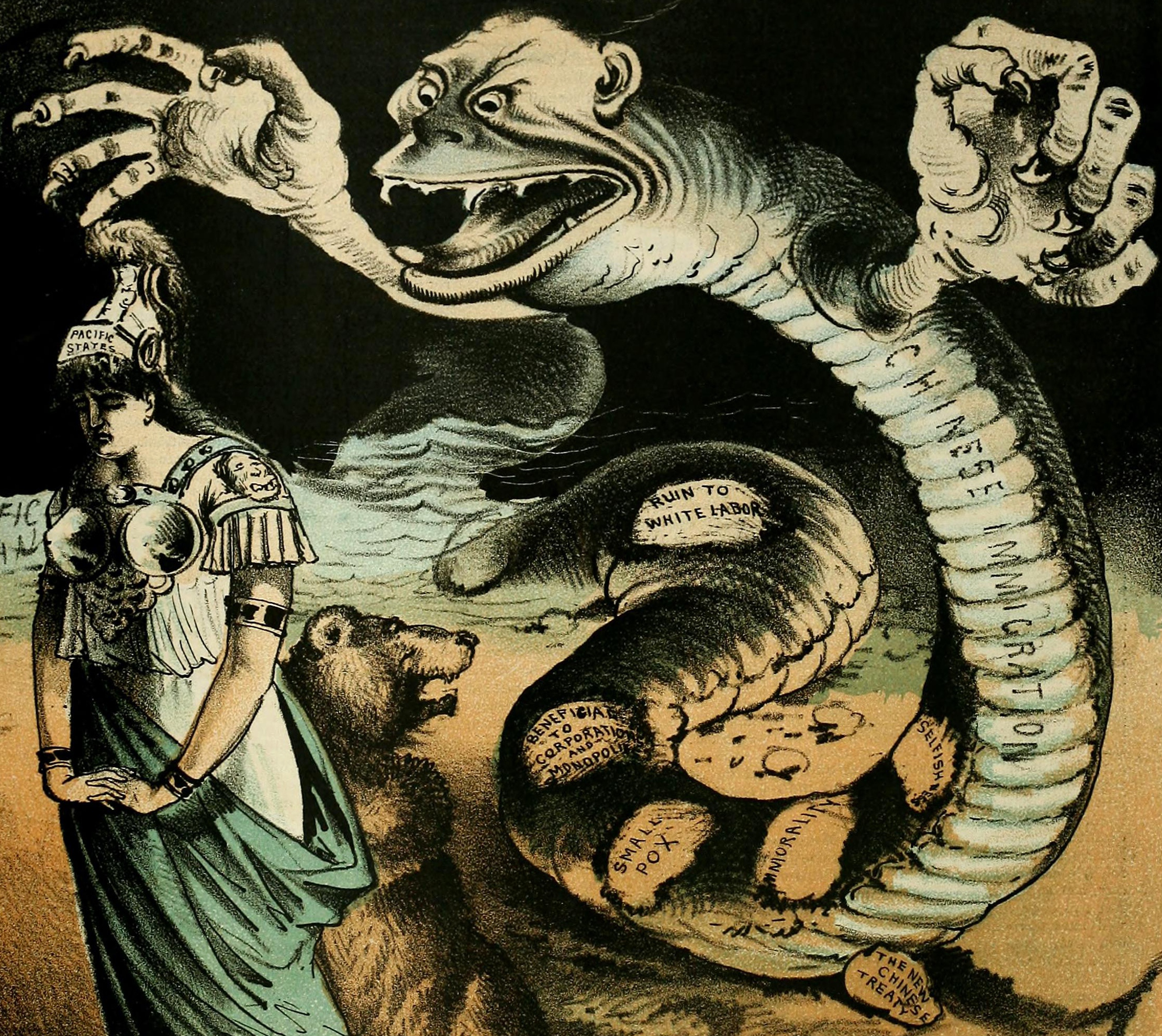
American literature and cinema have been revolutionized by immigrant voices and perspectives. Immigrants and the second generation are new authors on bestseller lists. Not only do the writers highlight perennial immigrant themes, such as adjusting to American society and culture, but also contemporary issues such as undocumented status. From early works exploring the challenges of assimilation to contemporary narratives addressing undocumented status, immigrant authors have expanded the scope of American storytelling. The same goes for films and TV programs with immigrant and second-generation stars, writers, and producers. In 2023, the National Gallery of Art curated an online exhibit that combined the topics of art and immigration called “Immigration and Displacement.” In these works, many artists, immigrants themselves, show the many sides of immigration from an artistic perspective.
Changing Demographics Transform American Identity

Immigration has fundamentally altered how Americans understand race and ethnicity. Immigration has not only created a new demographic reality but also altered how Americans think about race. East Asians have become the model minority, even though, as spiking hate crimes during the pandemic remind us, they are still subject to racial prejudice and discrimination. The concept of America as a “melting pot” has evolved into recognition of a more complex multicultural society. Immigration has changed the very words we use to talk about race. The category Hispanic is a modern-day invention, rarely used 50 years ago, and is now an established category of identity among non-Hispanics as well as many with origins in Latin America. By 2020 an unprecedented 45 million immigrants were living in the U.S., the largest number since census records have been kept. Together with their U.S.-born children, they totaled nearly 86 million people, or more than one quarter of the U.S. population.
Contemporary Political Debates Shape Immigration Policy

Public opinion about immigration has fluctuated dramatically throughout American history. Americans have grown markedly more positive toward immigration over the past year, with the share wanting immigration reduced dropping from 55% in 2024 to 30% today. At the same time, a record-high 79% of U.S. adults say immigration is a good thing for the country. This shift reflects broader changes in how Americans view immigration’s role in society. The recent jump in perceptions of immigration being a good thing is largely owed to a sharp increase among Republicans and, to a lesser extent, independents. These groups’ views have essentially rebounded to 2020 levels after souring in the intervening years. The unauthorized immigrant population in the United States grew to 11.0 million in 2022, according to new Pew Research Center estimates. The increase from 10.5 million in 2021 reversed a long-term downward trend from 2007 to 2019.
Economic Impact and Labor Market Transformation
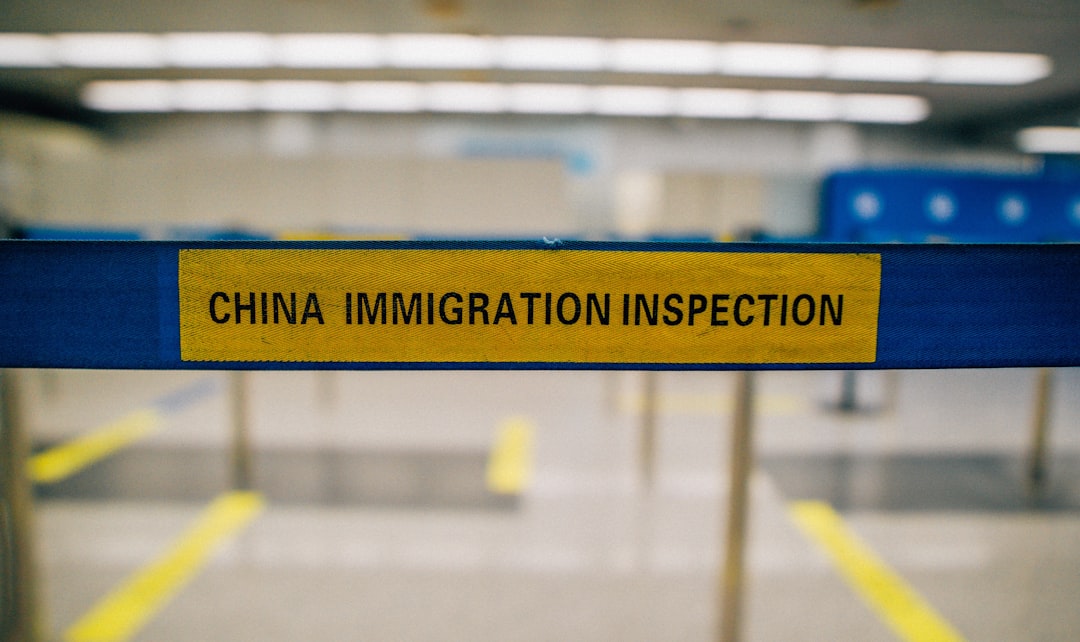
Immigration has consistently driven American economic growth and innovation. The share of international job seekers looking to work in the U.S. declined sharply in 2025 as per a report from Indeed. The slowing labor market and stricter immigration policy beginning with the Biden administration and accelerating under President Trump has led to further cooling demand for American jobs. Throughout history, immigrants have filled crucial labor shortages and started businesses at higher rates than native-born Americans. About 818,500 green-card holders became naturalized citizens in FY 2024, a 7 percent decrease from the 878,500 in FY 2023. The naturalization process has become increasingly important as immigrants seek to fully participate in American society. The amount of time U.S. Citizenship and Immigration Services (USCIS) takes to process naturalization applications increased from an average of 5.6 months in FY 2016 to 11.5 months in FY 2021 but then declined to 5.5 months as of January 2025.
Cultural Innovation and Creative Expression

Immigration continues to fuel American cultural innovation in the 21st century. Immigrants are invigorating — and indeed remaking — what we think of as our uniquely American culture: the foods we eat, the music we listen to, the films we watch, the books we read. This cultural exchange isn’t one-directional; immigrants both adapt to American culture and transform it in the process. At one and the same time, immigrants and the U.S.-born second generation have broadened mainstream American culture while also creating new mixtures that blend aspects of American and immigrant cultures. In his paper, Charles Hirschman (University of Washington) suggests that immigrants often bring “multiple frames of reference,” and the drive to excel, to a given creative pursuit. “Because immigrants have to work to learn the system,” he writes, “they are intensely curious about American culture.”
The Future of Immigration and American Culture
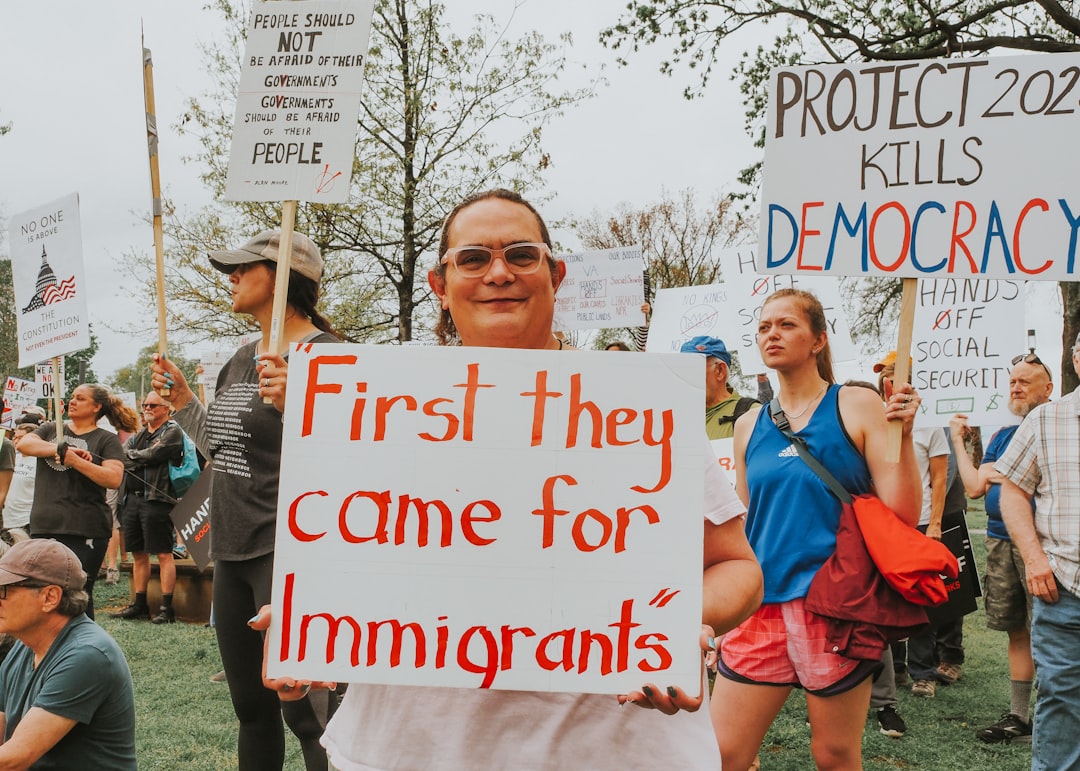
The relationship between immigration and American culture continues to evolve in the digital age. In March 2025, the Federation for American Immigration Reform (FAIR) estimated that approximately 18.6 million illegal immigrants resided in the United States. In 2024, immigrants and their U.S.-born children number more than 93 million people, or 28% of the total U.S. population. New technologies, global communication, and changing economic patterns are creating unprecedented opportunities for cultural exchange. In recent decades, the influx of artists from Latin America, Asia, and the Middle East has further diversified the American art scene, leading to a rich fusion of styles and cultural narratives. Many immigrant artists use their work to address themes of displacement and identity, offering nuanced insights into the immigrant experience. As America continues to attract people from around the world, the ongoing fusion of diverse cultures promises to keep American society dynamic and innovative, ensuring that the nation’s cultural evolution remains as vibrant as its immigrant heritage.
Conclusion

The story of American immigration is fundamentally the story of American culture itself. From the earliest colonial settlements to today’s diverse immigrant communities, newcomers have continuously shaped, challenged, and enriched what it means to be American. The foods we eat, the music we listen to, the art we create, and the values we hold all bear the imprint of countless immigrant communities who chose to make America their home. This cultural synthesis hasn’t always been smooth or without conflict, but it has created a uniquely American identity that continues to evolve with each new wave of immigrants. As we look to the future, the ongoing influence of immigration on American culture promises to keep the nation vibrant, innovative, and true to its founding ideals of opportunity and renewal.
What would American culture look like today without this incredible diversity of immigrant contributions?






